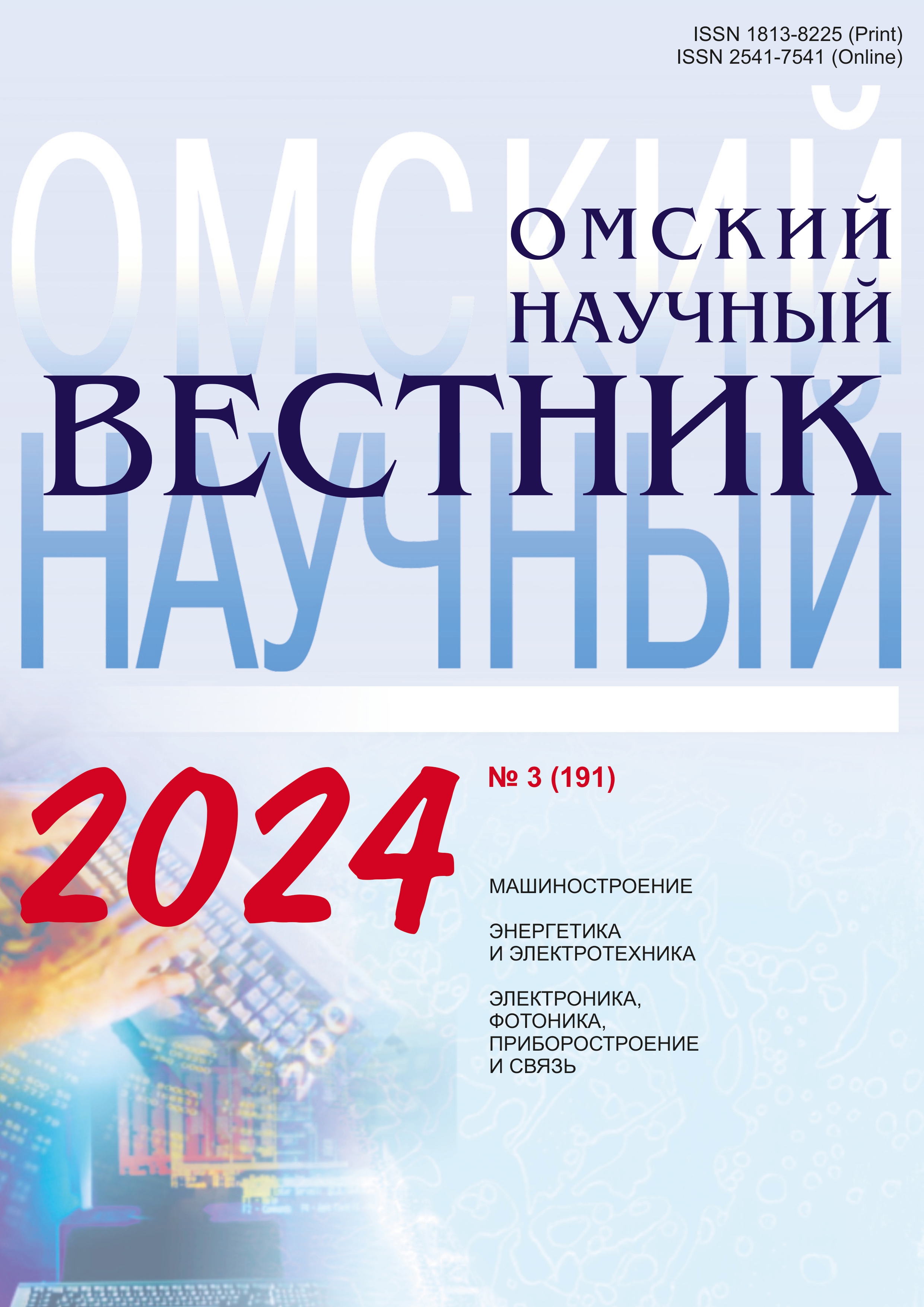Overcoming dead-end situations of synthesis of motions of anthropomorphic robots on the basis of the use of motions of the clutch axis along the linear surface limiting the body angle of service
DOI:
https://doi.org/10.25206/1813-8225-2024-191-14-21Keywords:
mechanisms of manipulators, instantaneous states of mechanisms, vector of generalized speeds, linear surfaces, computer simulation of motions of anthropomorphic robots, deadlocks, forbidden zones, synthesis of motions of manipulatorsAbstract
An algorithm for synthesizing hand motions of anthropomorphic robots by velocity vector during the installation of objects of manipulation given, in the form of rectangular prisms in a container, is proposed. The algorithm makes it possible to solve deadlock situations in computer simulation of motions. The essence of the method consists in the use of hand motions, at which the axis of the clash carrier moves and forms with some approximation a rulered surface, which specifies the body angle of service. For this purpose, it is proposed to use a database of configurations that specify certain positions of the output link centre and of the accumulation carrier axes which coincide with the above-mentioned line surfaces. The results of calculations of intermediate configurations in computer modeling of motions of anthropomorphic robots in an organized environment using the developed algorithm are presented.
Downloads
Published
How to Cite
Issue
Section
License
Non-exclusive rights to the article are transferred to the journal in full accordance with the Creative Commons License BY-NC-SA 4.0 «Attribution-NonCommercial-ShareAlike 4.0 Worldwide License (CC BY-NC-SA 4.0»)




